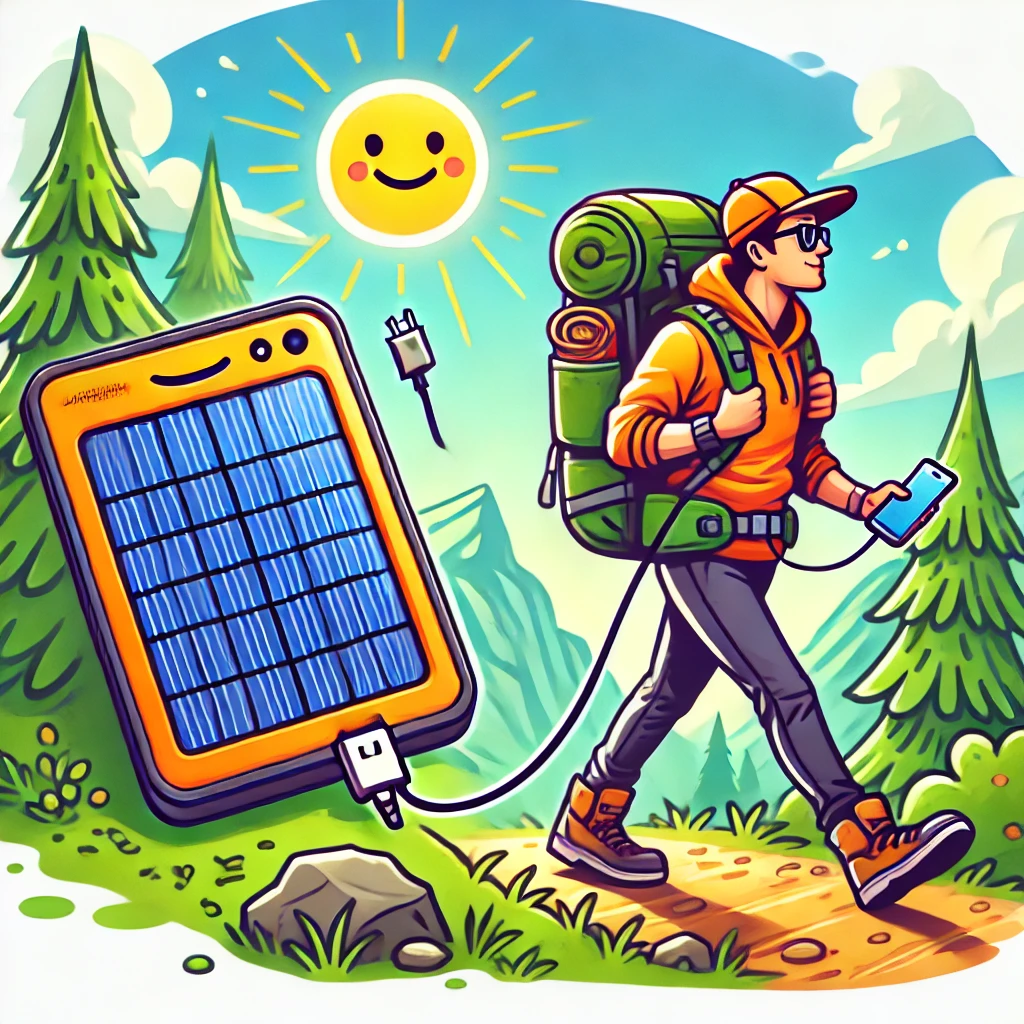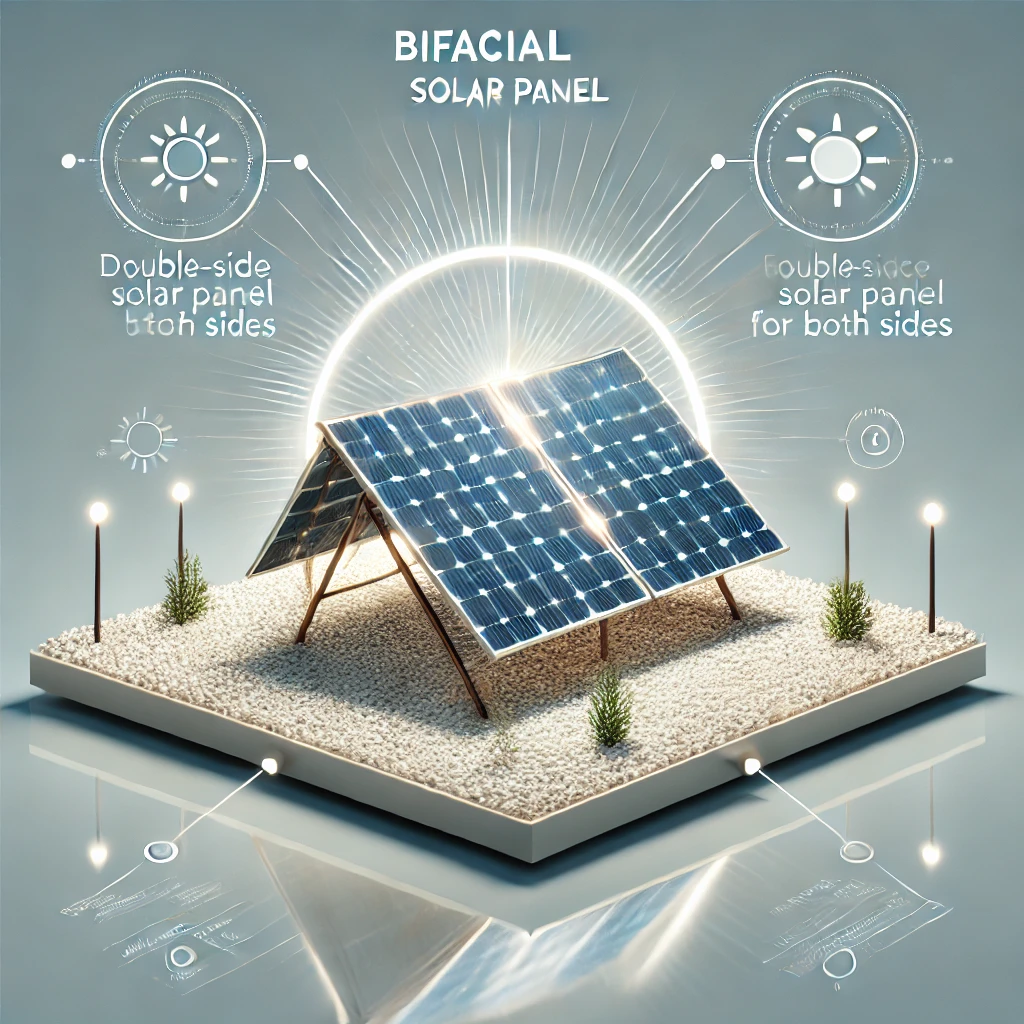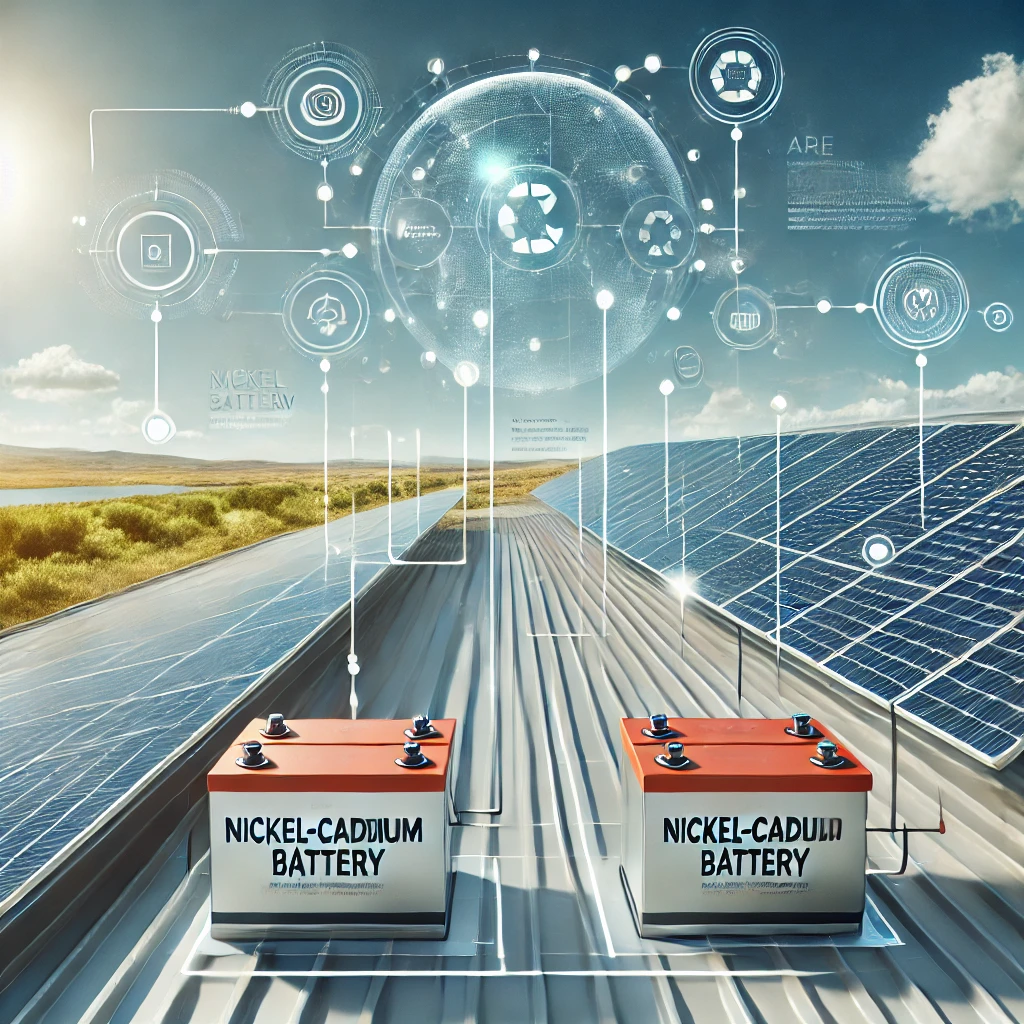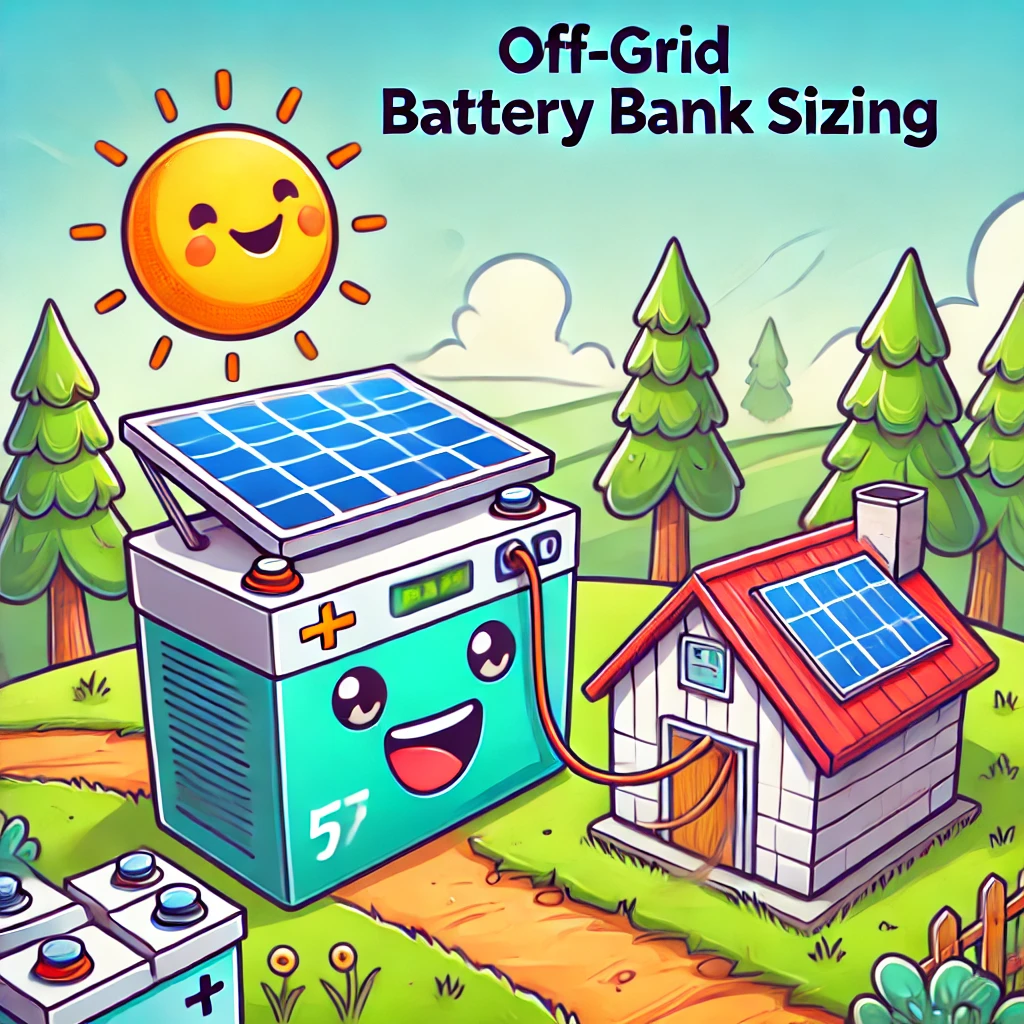When you’re out on the trail, every ounce in your pack matters. Whether you’re navigating through dense forests, scaling mountain peaks, or camping under the stars, staying connected and keeping your devices charged is crucial. Enter the ultralight backpacking solar charger – a compact, efficient, and eco-friendly solution for adventurers who want to harness the power of the sun without adding unnecessary weight to their gear. In this guide, we’ll explore the best ultralight backpacking solar chargers, their features, benefits, and tips to help you choose the right one for your next adventure.
Why Choose an Ultralight Solar Charger for Backpacking?
- Minimal Weight, Maximum Efficiency:
Ultralight solar chargers are designed to deliver efficient charging while adding minimal weight to your pack, perfect for long-distance hikers and backpackers. - Eco-Friendly Power Source:
Harness renewable solar energy to charge your devices, reducing your reliance on disposable batteries and fossil fuels. - Stay Connected Off-Grid:
Keep your GPS devices, smartphones, and cameras powered, ensuring you stay connected even in the most remote locations. - Emergency Preparedness:
Have a reliable backup power source for emergencies, from unexpected weather changes to getting lost on the trail.
Key Features to Look for in an Ultralight Backpacking Solar Charger
- Weight and Portability:
Look for chargers that weigh under a pound and feature foldable or rollable designs for easy packing. - Power Output:
Check the wattage and amperage to ensure the charger can power your specific devices efficiently. - Durability:
Opt for weather-resistant and rugged designs that can withstand outdoor conditions, including rain, dust, and impacts. - Charging Speed:
Look for fast charging capabilities, especially if you plan to use the charger in varying sunlight conditions. - Compatibility:
Ensure the charger has the right ports (USB, USB-C, etc.) and is compatible with your devices. - Integrated Battery or Power Bank:
Some models include a built-in battery, allowing you to store energy for use when the sun isn’t shining.
Top 5 Best Ultralight Backpacking Solar Chargers
- Anker PowerPort Solar Lite (15W)
Weight: 12.5 oz
Features: Dual USB ports, high-efficiency panels, and foldable design.
Pros: Lightweight, durable, and delivers reliable charging even in low light.
Cons: No built-in battery storage.
Best For: Backpackers looking for a lightweight, efficient, and budget-friendly option. - BigBlue 28W Solar Charger
Weight: 20 oz
Features: Three USB ports, smart charging technology, and weatherproof fabric.
Pros: Fast charging, great for multiple devices, and durable construction.
Cons: Slightly heavier than other ultralight models.
Best For: Hikers needing to charge multiple devices simultaneously. - Nekteck 21W Solar Charger
Weight: 17.3 oz
Features: Dual USB ports, high-efficiency solar cells, and foldable design.
Pros: Affordable, efficient, and compact.
Cons: No battery storage for nighttime charging.
Best For: Budget-conscious backpackers seeking reliable performance. - Goal Zero Nomad 7 Plus Solar Panel
Weight: 12.8 oz
Features: Modular design, weatherproof, and integrated kickstand for optimal sun exposure.
Pros: Compact, lightweight, and rugged.
Cons: Lower wattage may result in slower charging times.
Best For: Solo hikers who prioritize weight savings. - RAVPower 16W Solar Charger
Weight: 13.8 oz
Features: Dual USB ports, iSmart technology, and foldable design.
Pros: Lightweight, fast charging, and durable.
Cons: No integrated battery.
Best For: Minimalist backpackers looking for quick and efficient charging.
How to Choose the Best Ultralight Solar Charger for Your Needs
- Assess Your Power Needs:
Determine how many devices you’ll be charging and their power requirements. For example, charging a smartphone requires less power than charging a tablet or camera. - Consider Your Environment:
Think about the typical weather conditions on your backpacking trips. If you’re hiking in areas with frequent cloud cover, look for chargers with high-efficiency panels that perform well in low light. - Portability vs. Power:
Balance the need for lightweight gear with the power output you require. Ultralight models may have lower wattage, but they’re easier to carry. - Budget:
Set a budget that fits your needs. While premium models offer advanced features, there are budget-friendly options that still deliver reliable performance.
Tips for Using Your Ultralight Backpacking Solar Charger Effectively
- Maximize Sun Exposure:
Position the solar panels directly under sunlight and adjust them throughout the day to follow the sun’s path. - Charge During Peak Hours:
Aim to charge your devices between 10 AM and 2 PM when the sun is at its strongest. - Pair with a Power Bank:
Use a small, lightweight power bank to store excess energy for use during nighttime or cloudy conditions. - Protect Your Devices:
Keep your devices in the shade while charging to prevent overheating. - Regular Maintenance:
Clean the solar panels regularly to remove dust and debris that can reduce efficiency.
Pros and Cons of Ultralight Backpacking Solar Chargers
Pros:
- Lightweight and portable
- Eco-friendly and sustainable
- Provides off-grid charging capability
- Ideal for emergencies and remote travel
Cons:
- Solar charging can be slower compared to wall charging
- Performance depends on sunlight availability
- Limited capacity for charging larger devices
Conclusion
An ultralight backpacking solar charger is an essential tool for modern adventurers who want to stay connected without compromising on weight. Whether you’re hiking through remote trails, camping off-grid, or preparing for emergencies, these compact chargers offer a sustainable and reliable way to keep your devices powered. By considering factors like weight, power output, and durability, you can find the perfect solar charger to match your backpacking needs and enjoy the freedom of off-grid exploration.
FAQs
- How long does it take to charge a device with an ultralight solar charger?
Charging times vary depending on the charger’s wattage and sunlight conditions. Typically, it takes 2-4 hours to charge a smartphone in optimal sunlight. - Can I charge devices at night with a solar charger?
Only if the charger has a built-in battery or if you use it in combination with a power bank. - Are ultralight solar chargers waterproof?
Many are water-resistant but not fully waterproof. Always check the product specifications for weather resistance. - What devices can I charge with an ultralight solar charger?
Most models can charge smartphones, GPS devices, cameras, and tablets. Check the wattage and output compatibility for larger devices. - Do I need direct sunlight to use a solar charger?
While direct sunlight is best, some high-efficiency panels can charge in partial shade or cloudy conditions, albeit more slowly.




